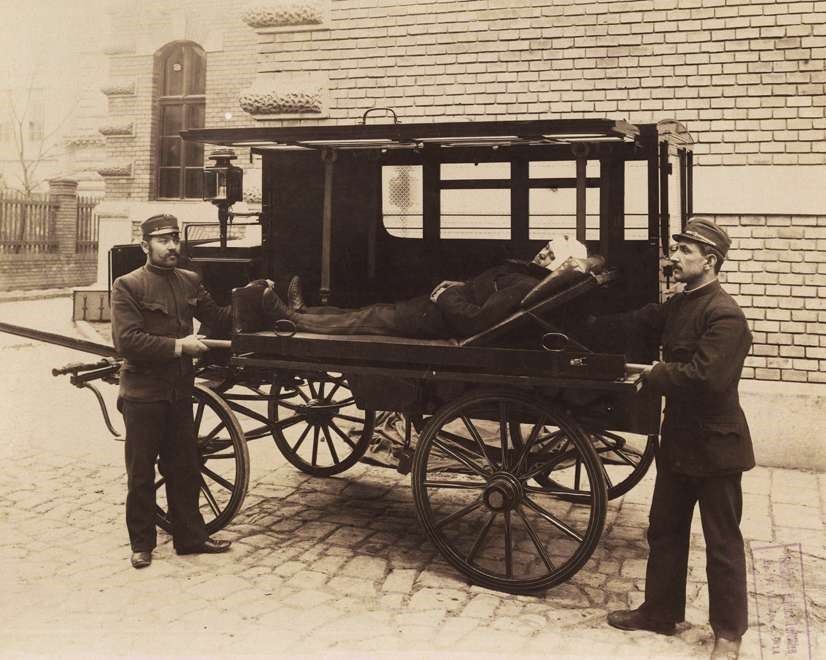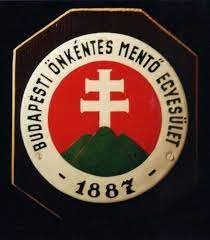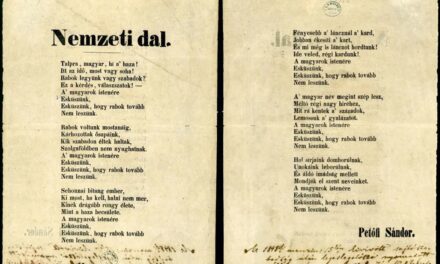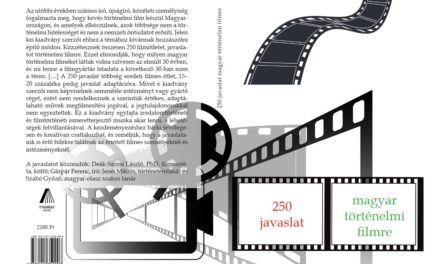May 10 is Ambulance Day, because BÖME was founded on this day in 1887. On this occasion, we now briefly quote the beginnings.
Géza Kresz (1846-1901) was a Hungarian surgeon who first drew attention to the problem of the neglect of first aid. Thus, on May 10, 1887, the Budapesti Önkéntes Mentő Egyesület (abbreviated as BÖME) was founded, with Count Andrássy Aladár as its president and Géza Kresz as its director. Moreover, the main patron of the association managed to win over Archduke József. In addition, the association had several medical members in various positions. The motto of the association: "Accidents can happen to all of us!"
By 1893, the number of ordinary paramedics had increased to 757, of which 184 passed the first aid exam. By the way, they were all medical students. The service of the ambulances was voluntary and free, that is, they were not paid. Patient transport was not free, only in the first year of operation of BÖME. From 1888, due to financial problems, the association was forced to request payment for patient transport, only patient transport related to first aid was free of charge.
At first they only had a temporary building, but on August 1, 1890, they were able to move into a permanent building at 22 Markó Street (the National Ambulance Service is based here today). The center of the BÖME consisted of a two-story main building, a one-story carriage house and a stable (since the carriages were drawn by horses).
The association had 14 different cars. BÖME had 6 ordinary ambulances. These usually had a stretcher hanging on straps that could be easily pulled out and pushed in. Each carriage carried two lockers (with different equipment) and a spare stretcher. They were used for urgent cases and those belonging to the simpler strata.
They also owned 2 so-called Landauer cars. Rather, they were used only for transporting patients, and only people belonging to the better social strata were transported in them. These carriages were equipped with English steel springs (against bumps). One type opened at the back and had a seat next to the stretcher. The other type opened from the side, there were two seats in the car and a cupboard with appropriate supplies.

Source: Fortepan
They also had a separate car for the transport of mental patients. These type of cars had no windows, there was only a latticed opening at the top, they were padded inside with two seats, they only had one door at the back, but it could not be opened from the inside, and they had two bells, if the paramedic sitting inside needed help, he rang it. yes. The association also had two-wheeled manual and push transport vehicles, an omnibus and a hearse, but these were only used for mass accidents. In addition to these, the association had 74 different stretchers, 4 stretchers, 8 large and small first aid cabinets and 35 first aid kits.
Voluntary associations began to be organized in rural areas following the example of the BÖME, which united in 1926 under the name of the National Rescue Association of Counties and Cities, and then in 1948 the National Rescue Service was established.
Source: Remember Budapest.












